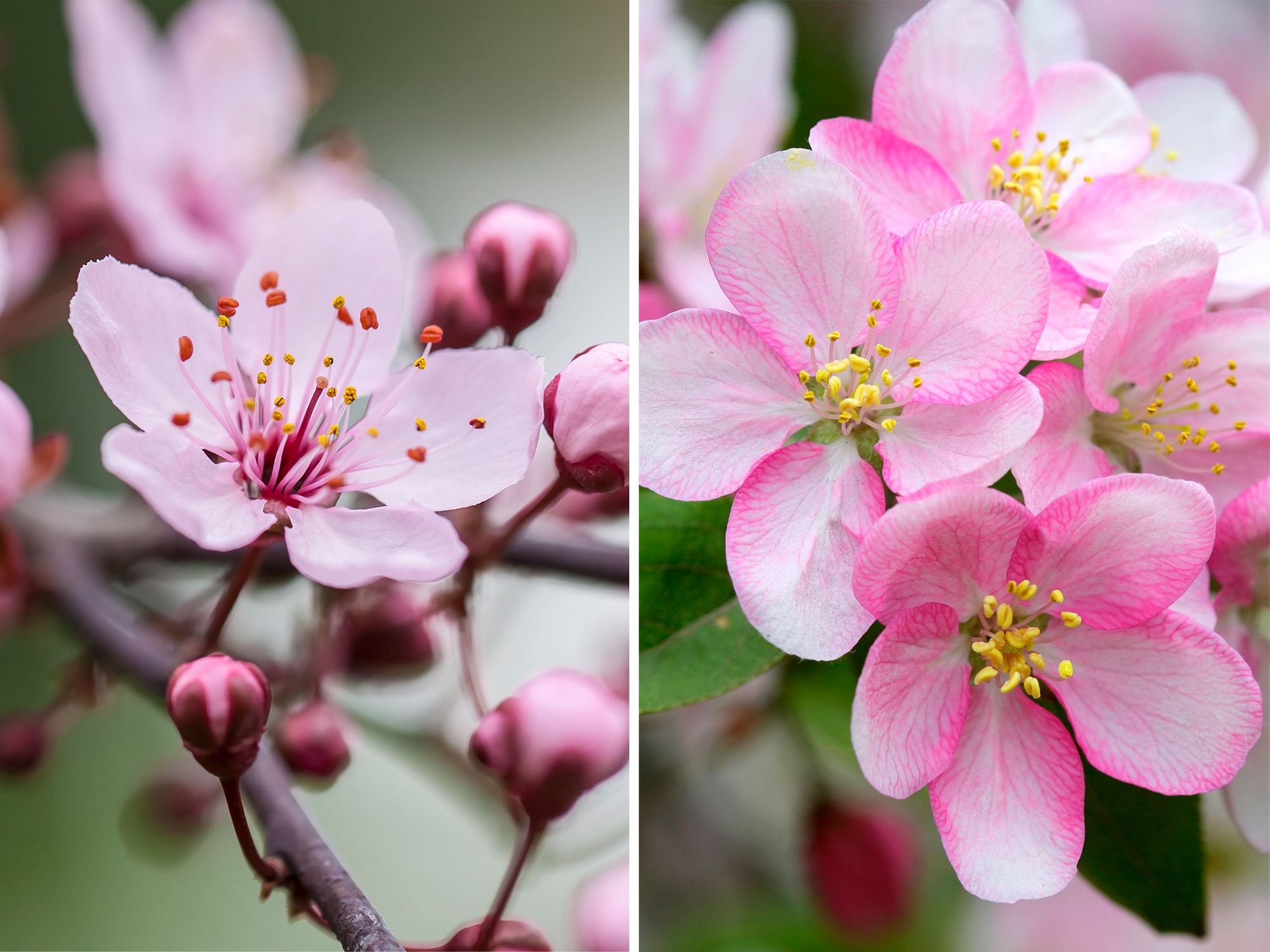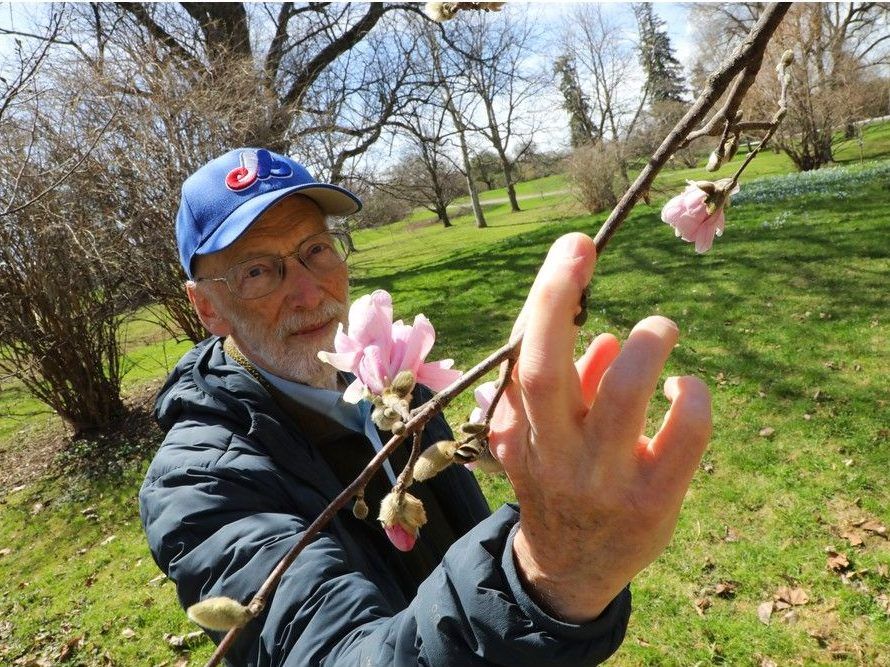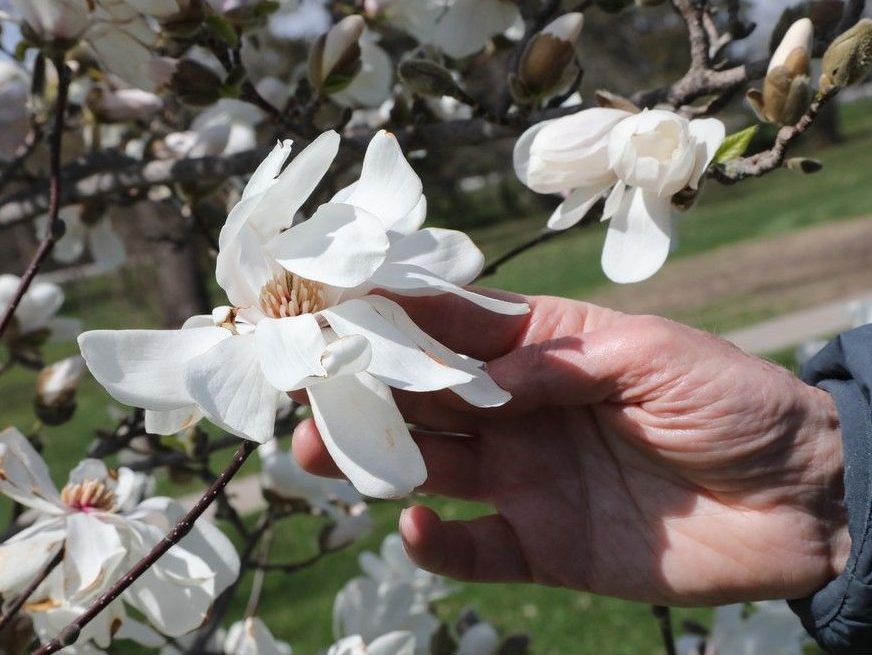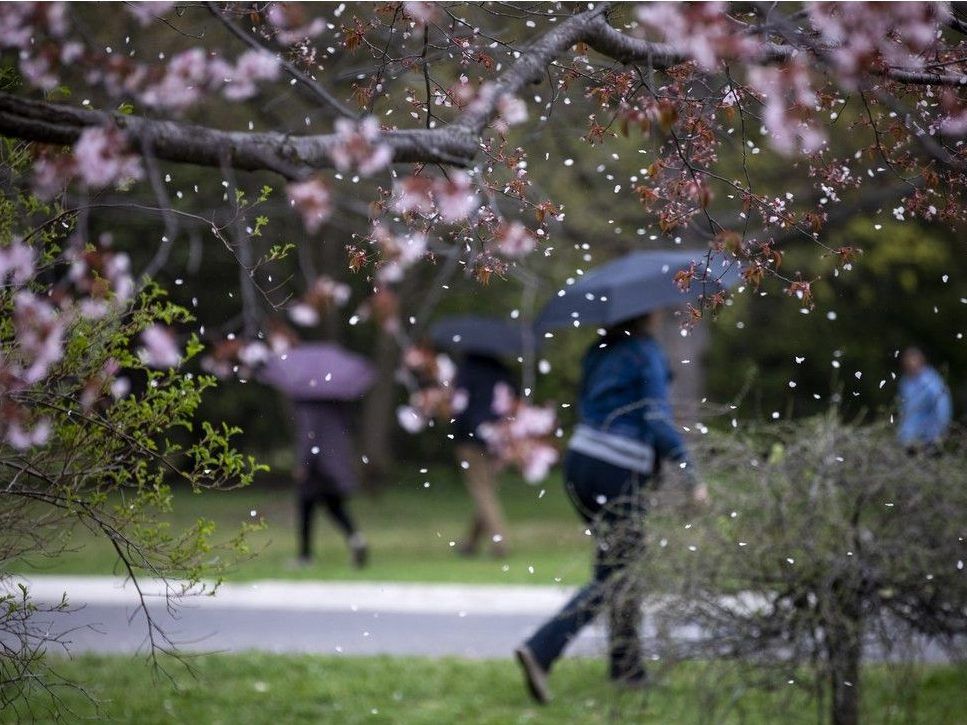When the first flush of pink sweeps Prince of Wales Drive in May, visitors to
Dominion Arboretum
could be forgiven for thinking cherry blossom season has arrived.
The colour and timing do a convincing impression of sakura, the cherry trees that veil Japan each spring in delicate petals.
In reality, few cherry blossoms grow in Ottawa. Instead, many of the flowers people stop to admire this time of year could be described as lookalikes better suited to the climate.
“A lot of trees in the region that may appear to be cherry blossoms are actually
crabapple blossoms
,” said Akiko Yamasaki, director of the Information and Culture Centre at the Embassy of Japan in Ottawa.

True cherry trees are planted near Dow’s Lake, lining Confederation Park, and on the lawn at Major’s Hill, among other urban green spaces
. A collection also grows
on the grounds of the Japanese Ambassador’s residence
, though that is off-limits to the public.
Many of the trees were first planted in 1992 as part of the Sakura Project, a gift from Japan to mark the 125th anniversary of Canadian Confederation. Led by then-ambassador Michio Mizoguchi, the initiative brought around 60 North Japanese hill cherry trees to Ottawa. More were added in 1999 to mark 70 years of diplomatic relations.
“The trees in Ottawa symbolize the
friendship between Japan and Canada
,” Yamasaki said.
Ottawa weather can be hard on flowering trees. Ornamental varieties originating in temperate zones often falter in spring frost and struggle to adapt to conditions in the National Capital Region.
The Arboretum owes its existence to the region’s climate. Established in 1889 as a division of the Central Experimental Farm, it was created to test which trees and shrubs could withstand Ottawa’s temperature swings.
“Some plants were picked for practical reasons, shade, fruit (and) erosion control,” said Eric Jones, project director with Friends of the Farm, a volunteer organization that helps tend to the Arboretum. “Others were picked for aesthetics.”
In the latter category, flowering crabapples have earned their place.
“They were developed at the Experimental Farm by Isabella Preston in the early 1900s,” said Jones. “She created the ‘Rosybloom’ crabapples for the Prairies, so they’d be tough enough to survive the cold.”
The Rosybloom line includes more than twenty cultivars, most named for Canadian lakes. Hardy, insect-pollinated, and frost-tolerant, they became a spring fixture throughout the Farm (especially along Prince of Wales).
Crabapples typically bloom about a week or two after cherry trees, depending on the weather. The Arboretum includes a few Japanese cherry varieties, like Sargent cherry, planted near the north end of the parking lot. But in sheer volume, the crabapples outnumber. Their coordinated blooms create one of Ottawa’s most photographed spring displays.

“The next couple of weeks are going to see a lot of action,” said Jones. “Certainly by mid-May, there will be an awful lot in blossom. That will be a peak time.”
Tree flowering at the Central Experimental Farm is spread out over six weeks, with species following different biological clocks based on how they reproduce and respond to spring conditions.
“The trees that come into bloom do so based on a mix of temperature, sunlight, and evolutionary strategy,” said Jones. “If they all bloomed at once, they’d be competing for pollinators. So the timing is staggered. Some are wind-pollinated and bloom early, while others, like the flowering cherries, wait for the insects.”
By early May, wind-pollinated trees like red and silver maples, elms, poplars, and willows have already started flowering. Yellow dogwoods and forsythia appear next, followed by magnolias, which are among the last to open.
“The ornamental magnolias mostly come from Southeast Asia… and they’re really very showy flowers,” said Jones. “They actually evolved before bees, so their pollinators were beetles. You’ll start to see more of them in the next week or two.”

Friends of the Farm recently revived their “bloom time” team to track when trees flower across the property. The volunteer-led effort had been on pause since the pandemic, but is now part of a renewed push to monitor how climate change is altering the timing and progression of spring in Ottawa.
“There’s no doubt the climate is changing things,” said Jones. “Some of the trees that didn’t survive here 30 years ago might survive now. And trees that used to bloom in late May are blooming weeks earlier.”
In Tokyo, cherry trees reached their first bloom on March 24 this year — five days ahead of 2024. While still within the expected range, Yamasaki said the trend has been moving steadily earlier.
Shifting bloom times have complicated the logistics of cherry festivals in Japan, where the tradition of hanami, flower viewing, has been practiced for centuries.
Yamasaki encourages Ottawans to take part in their own version.
“Hanami marks the arrival of new beginnings,” she said. “In Japan, people gather with family and friends beneath the sakura trees. We encourage people to do the same, even in small ways, when cherry blossoms bloom in Ottawa.”
Welcoming the season with crabapple blossoms might just do the trick, too.
Our website is your destination for up-to-the-minute news, so make sure to bookmark our homepage and sign up for our newsletters so we can keep you informed.
Related
- Let’s (finally) get behind a botanical garden for Ottawa
- Lufa Farms now delivering Montreal-grown produce, local goods in Ottawa
- DND warns of spring geese takeover of Carling Campus



